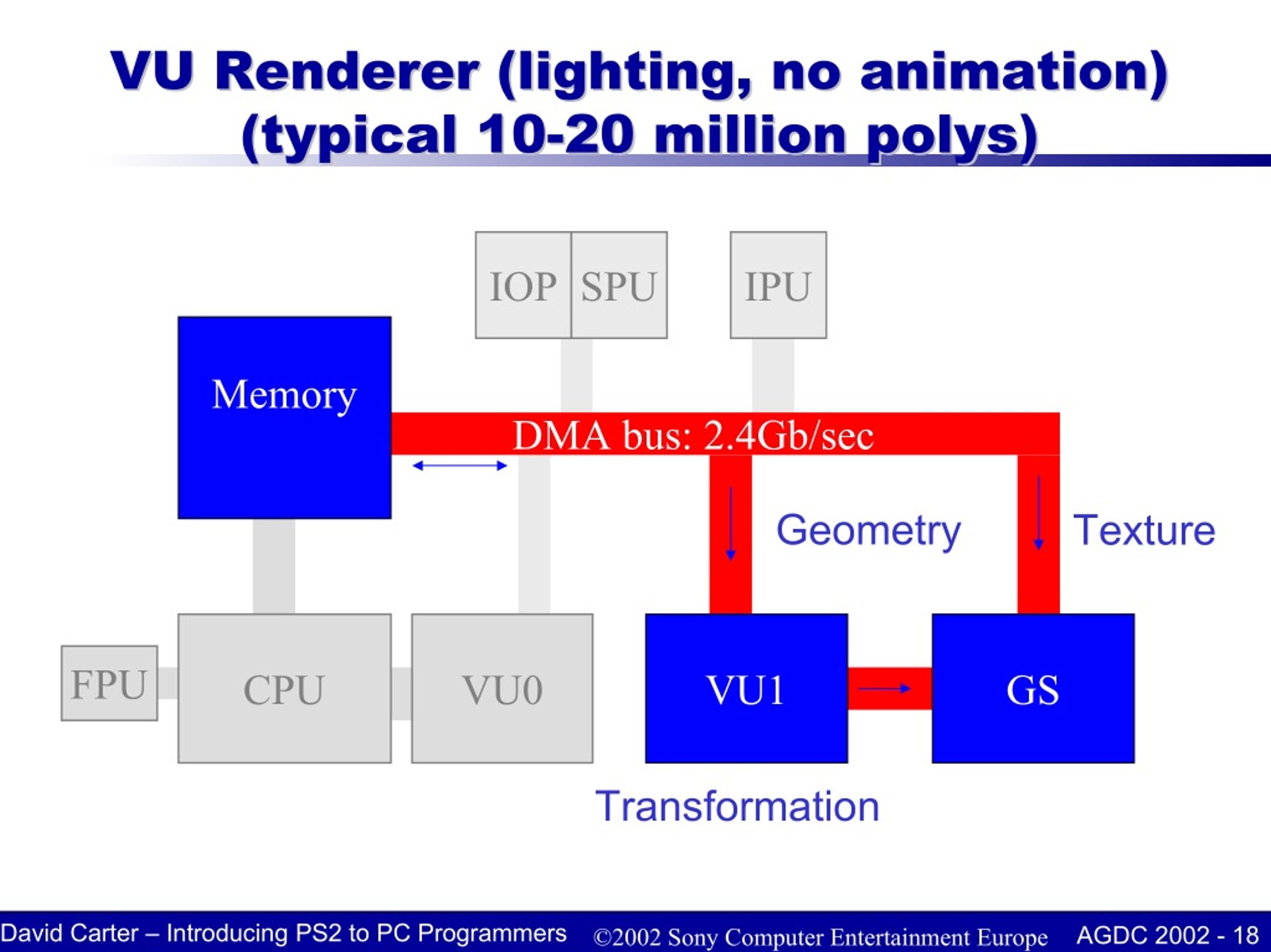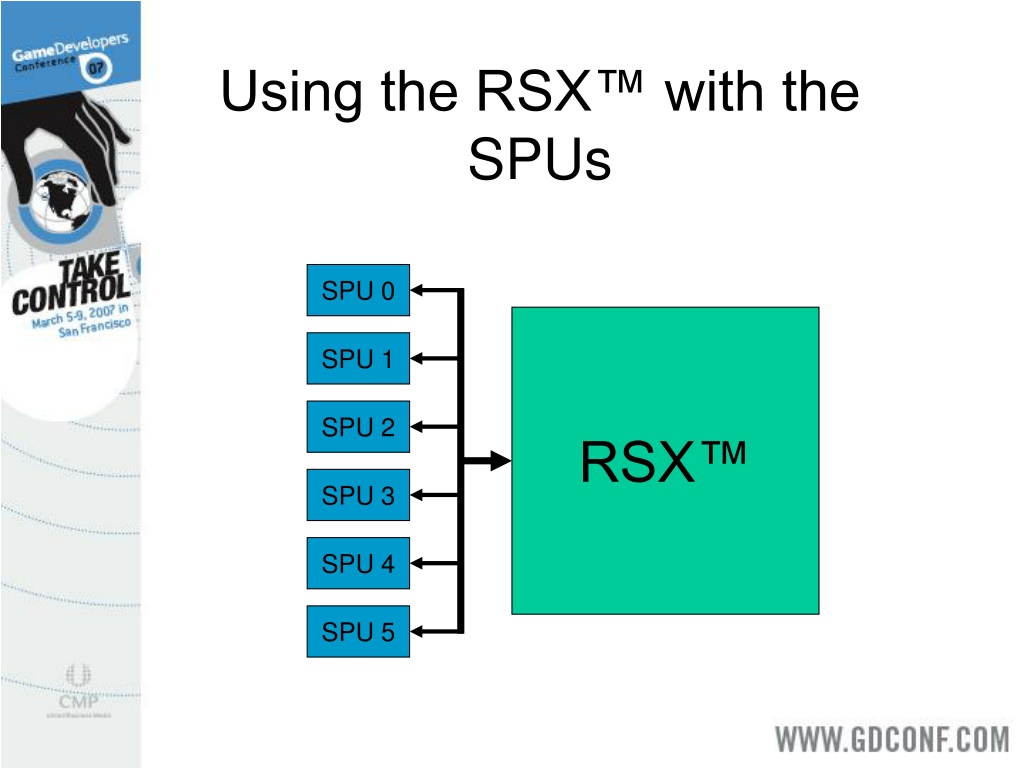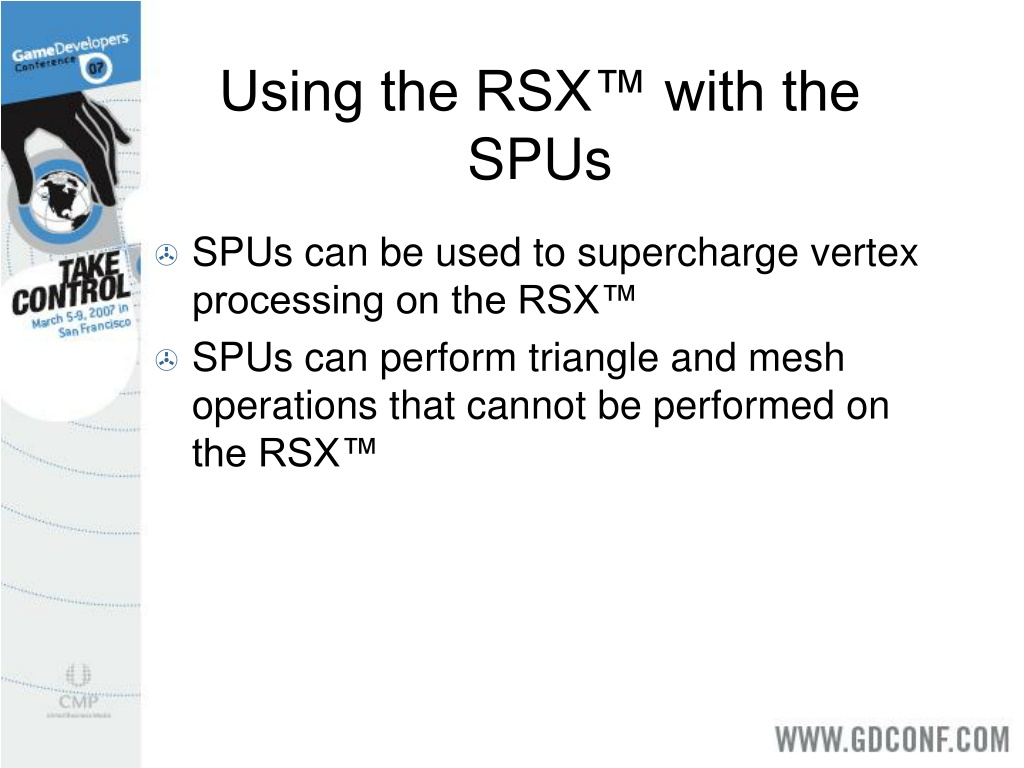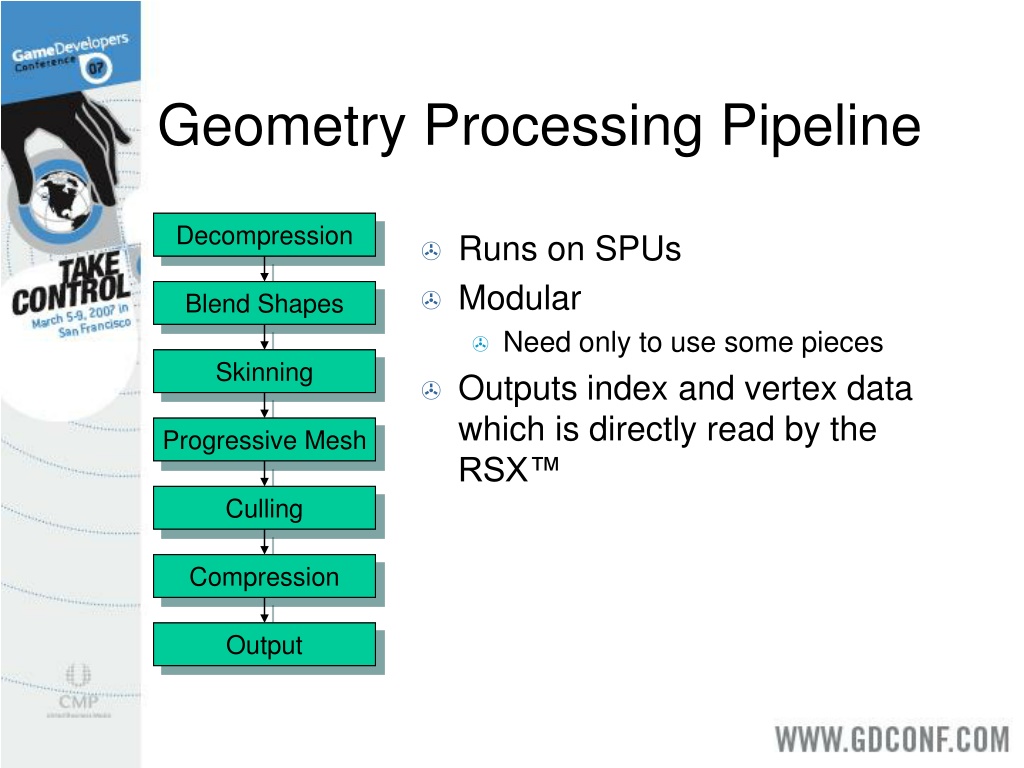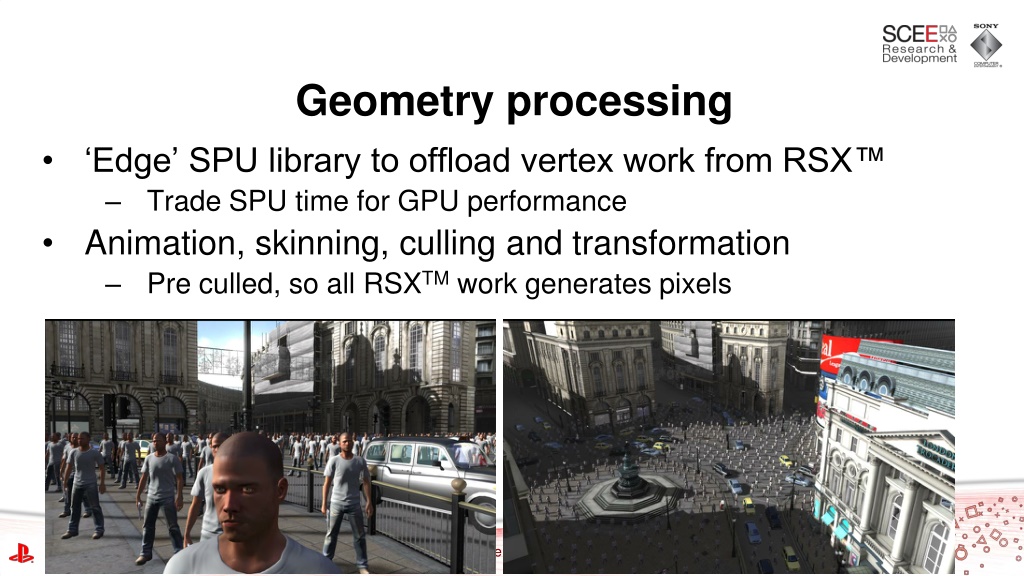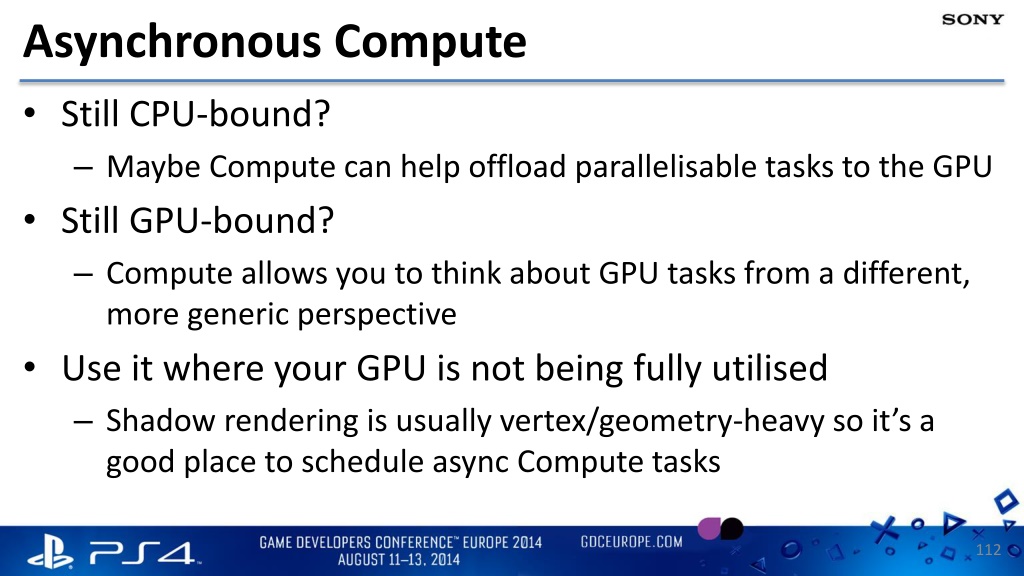Yup, the Geometry Transform Engine was the beginning.
Official SCE docs say PS1's GTE is a high speed parallel processor that creates graphics data for the GPU, which is basically what PS5's 'Geometry Engine' is rumored to be/do for PS5's GPU. Initially it could only be programmed via high level libraries provided by SCE which traded high performance for ease of use; but once certain devs started tinkering with it at the low-level to extract greater performance, SCE decided to include the low-level info with the GTE's libraries so that more devs could do the same...
"For us the exciting thing was the combination of a formidable polygon rendering GPU with the special GTE coprocessor that accelerated 3D geometry and lighting."...
"The GTE was very powerful once we figured out how to access it at the low-level."... "On the 3D programming side, we had to start from scratch.
The first libraries shipped from Tokyo were too high level and so we had to do a little reverse engineering to get the maximum performance from the GTE." --
Dominic Maillinson
"I'm convinced that the purpose behind the libraries was simply to get games out the door months earlier than would otherwise be the case. They certainly didn't provide any great barrier to people "poking around". Keep in mind that the libraries weren't encrypted or anything… any developer could extract all of the object modules from any library and disassemble them using the tools provided to them by Sony. And many developers did just that. In fact,
so many developers had reverse engineered the way that the GTE coprocessor worked that Sony eventually decided to simply add the low-level info to the documentation." --
Mike Fulton
The follow-up to the GTE's functionality was Vector Unit 1 (VU1) which fed the Graphics Synthesizer (GS) in PS2....
VU1 was ultimately superseded by the six available SPUs in PS3 which were used to handle the geometry processing pipeline for the Reality Synthesizer (RSX)...
The switch from CELL to x86 saw geometry processing move from exotic high frequency cores on the CPU to common low frequency (relative to CPU clocks) cores on the GPU. Compute Units (CUs) became the new "geometry engines"...
Now it seems SIE has come back to a specialized hardware-based GE (like the GTE and VU1 of old) that's highly flexible and programmable (like the SPUs of not so long ago), if the dev who contacted RGT is to be believed...
Someone got their Series X:

www.neogaf.com

